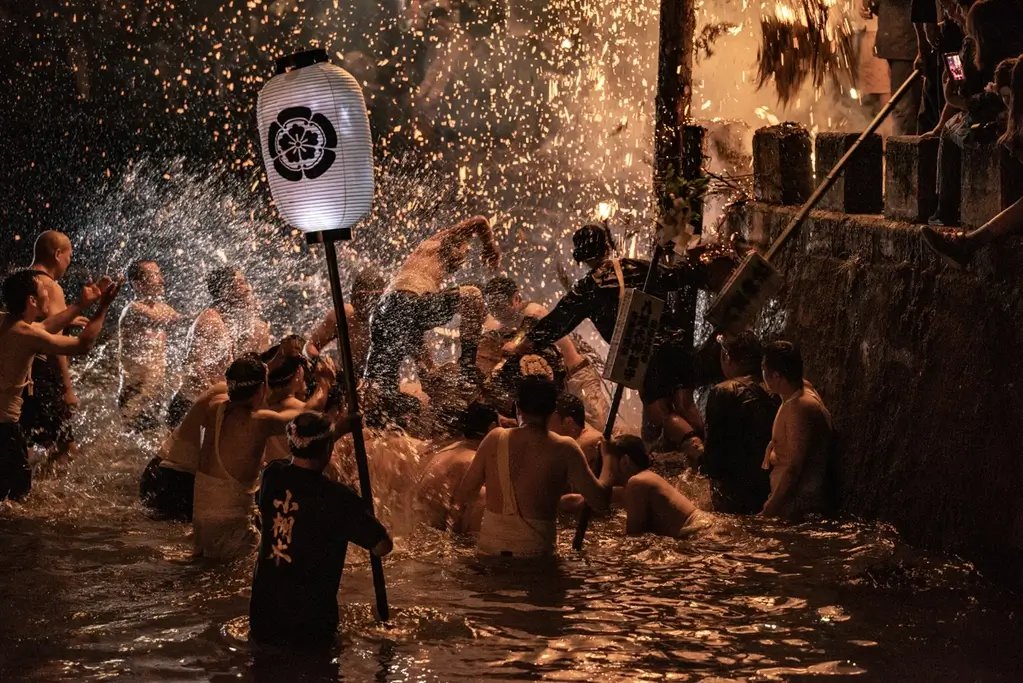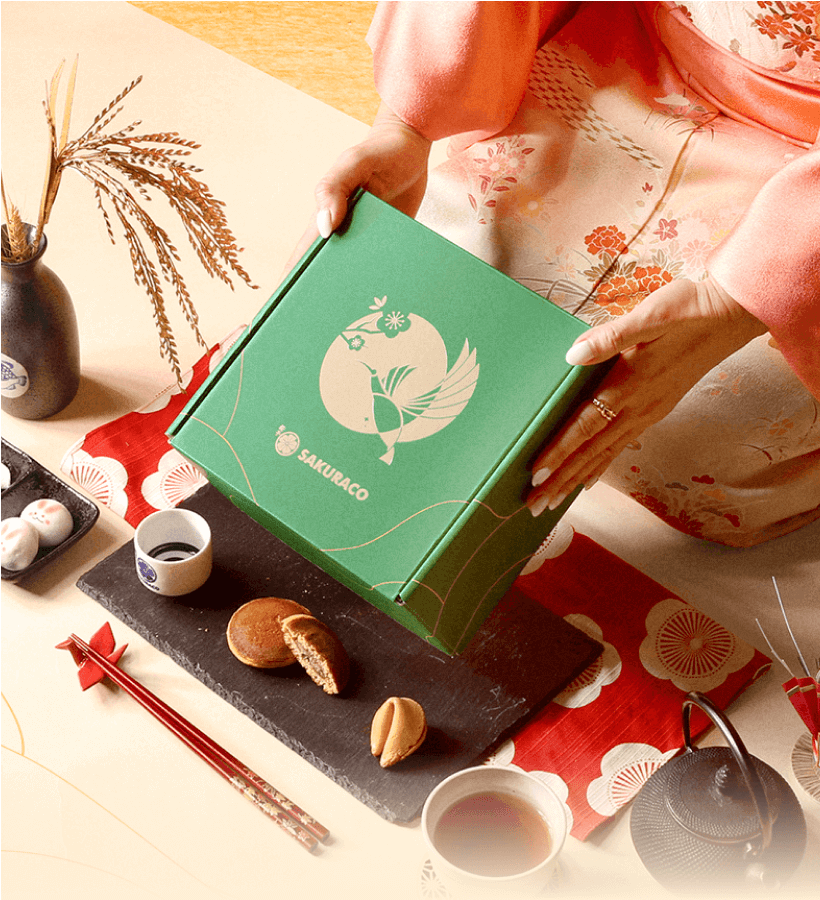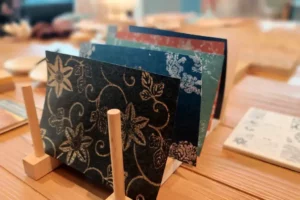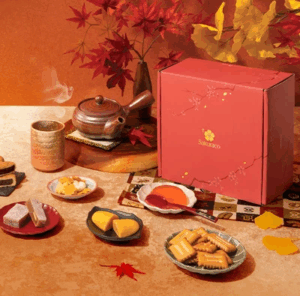The Noto Peninsula in Ishikawa Prefecture might be the only place in Japan where going wild and being violent is welcomed. That’s because it’s home to the unique and thrilling Abare Festival. This unusual festival is full of energy and excitement, and is enthusiastically embraced. It seems to carry the local people’s spirit, culture, and deep beliefs. Let’s explore together and uncover the secrets behind this one-of-a-kind event!
Table of Contents
ToggleWhat is the Abare Festival?
Every summer, the peaceful town of Ushitsu on the Noto Peninsula becomes excited and energetic. This is when the Abare Festival, also known as the Fire and Violence Festival or the Rampage Festival, occurs. This festival takes place on the first Friday and Saturday of July and is held in honor of Yasaka Shrine. People gather from around to see the powerful celebration that welcomes summer to the Noto region with fire, sound, and joyful chaos.
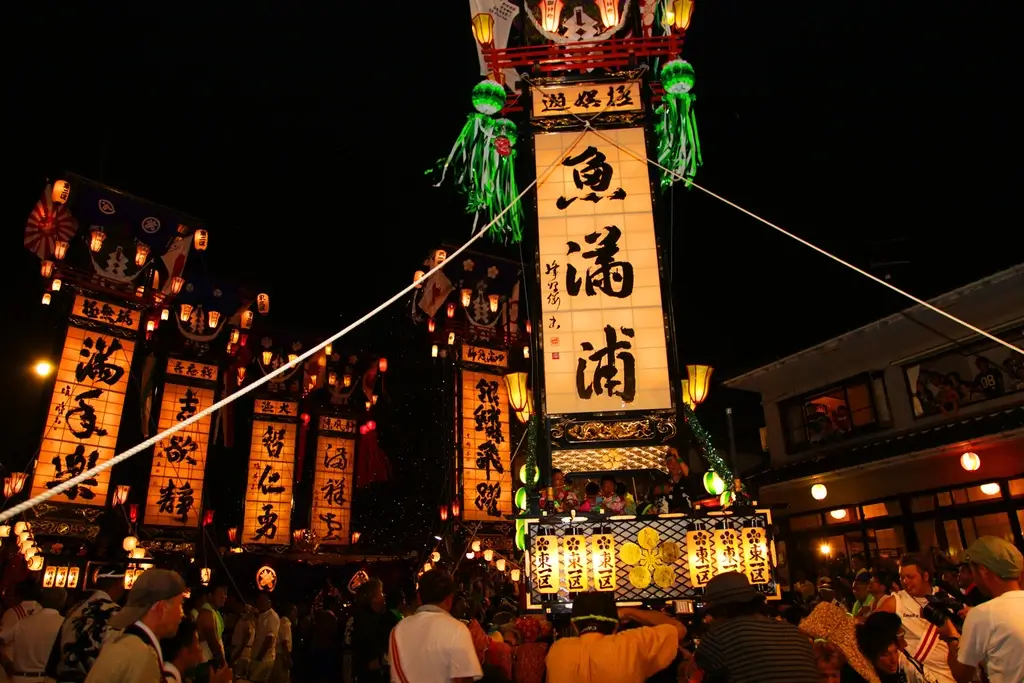
One of the most amazing parts of the Abare Festival is how wild it gets. And its name perfectly describes what the festival truly becomes. People lift and shake the mikoshi (portable shrines) wildly, even smashing and burning them! It may seem unbelievable, but the festival is meant to delight the gods, especially Susanoo no Mikoto, a powerful and wild deity. The louder and more energetic the festival is, the more it pleases the gods.
During the festival, the streets are filled with happy visitors, local families, and people wearing colorful yukata (cotton kimono). You can enjoy delicious festival foods such as grilled snacks and sweet treats and explore shops selling souvenirs and various festival goodies.
What is the origin of this event?
A long time ago (about 350 years ago), a coastal community in the Noto area was facing a terrible epidemic. Many people were sick, and the town didn’t know what to do. So, the people prayed to the powerful Gozu Tenno from Yasaka Shrine. They held a big ceremony and asked for help to stop the illness. Then, a giant bee appeared and started to sting people individually. But instead of hurting them, the stings healed them! Soon, everyone began to feel better.
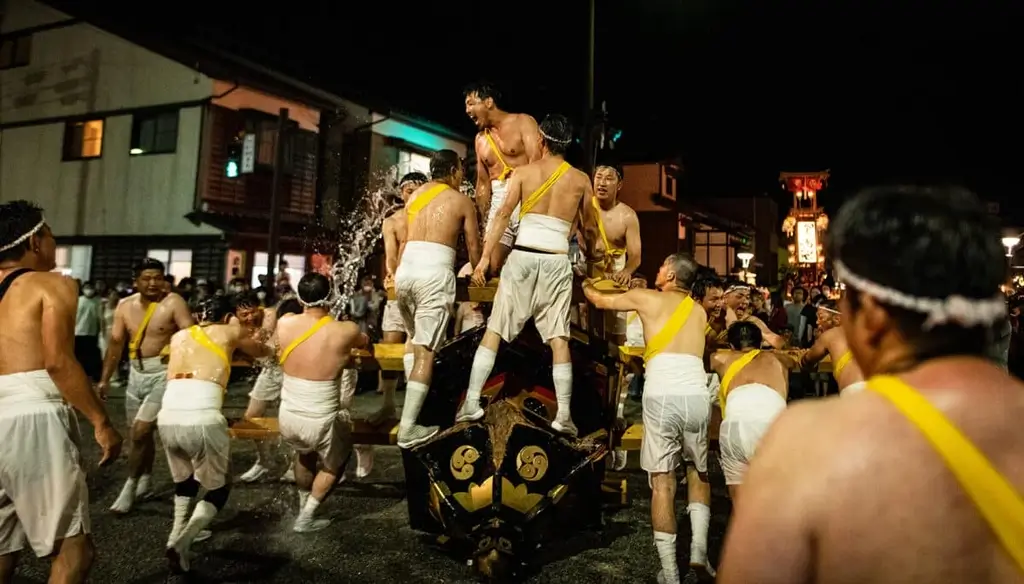
The people were so happy and thankful that they celebrated by carrying glowing lanterns called kiriko to Yasaka Shrine. That special event became the first Abare Festival. Since then, the festival has been held every summer to remember how the town was saved and to pray for good health and peace.
Are you looking for great snacks to enjoy at your next summer festival? Check out Sakuraco! Sakuraco delivers traditional Japanese snacks, teas, and sweets from local Japanese makers directly to your door so you can enjoy the latest treats directly from Japan!
What happens at the Abare Festival?
The Abare Festival is packed with excitement and wild energy from start to finish!
The first day
The festival begins on Friday afternoon, when a lively procession makes its way to Hakusan Shrine. But the real fun begins that night around 9 pm, when more than 40 glowing kiriko are carried through the streets. These floats are handled by teams of strong men, while children wearing wet towels on their heads sit on top, playing flutes and drums. The floats weave around huge bonfires on tall poles, with sparks flying all around! Even though it’s intense, it’s all part of the thrilling tradition.
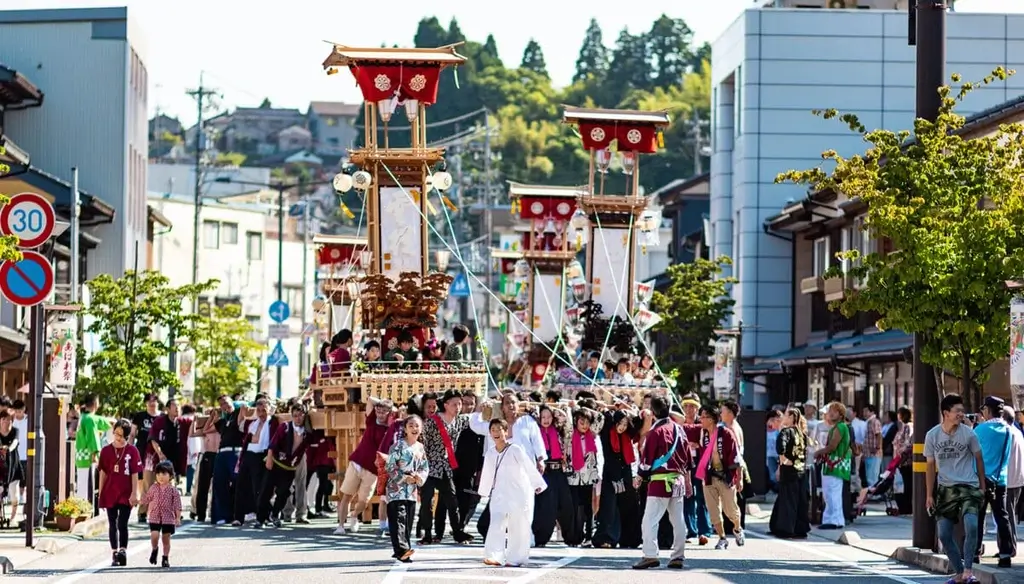
The second day
On Saturday, the excitement grows even more! At 2 p.m., another parade winds through town. But the biggest event begins at 8:30 p.m. and goes until the early hours of the next morning! This night is all about the sacred mikoshi. Each mikoshi is carried by a group of over ten men, who shake, slam, and smash it as they walk through the streets. They stop at three checkpoints to pray, get blessed, and drink sake. Then, they throw the mikoshi off a small bridge into a river and jump in after it! They crash it against the bridge’s support beam and splash water to protect themselves from the fire above.
Afterward, they head to a second river, where a flaming bonfire burns above them, dropping sparks and hot ashes. The men continue smashing the mikoshi until it’s almost destroyed. But it’s not over yet! They carry the mikoshi to Yasaka Shrine, where they throw it into another bonfire, pull it out, and repeat the process. The shrine’s priests carefully inspect the mikoshi to see if it’s been properly broken. If it’s not destroyed enough, the men return to burning and smashing it even more until the priests finally accept it.
Why should I join the Abare Festival on the Noto Peninsula?
The Abare Festival is more than just a loud and fiery celebration; it is a living expression of local belief, spirit, and community strength. While it may appear wild on the outside, its deeper meaning lies in the shared act of devotion and the wish for peace and protection. Through every spark, drumbeat, and splash, the people of Noto show their strong connection to tradition and each other.
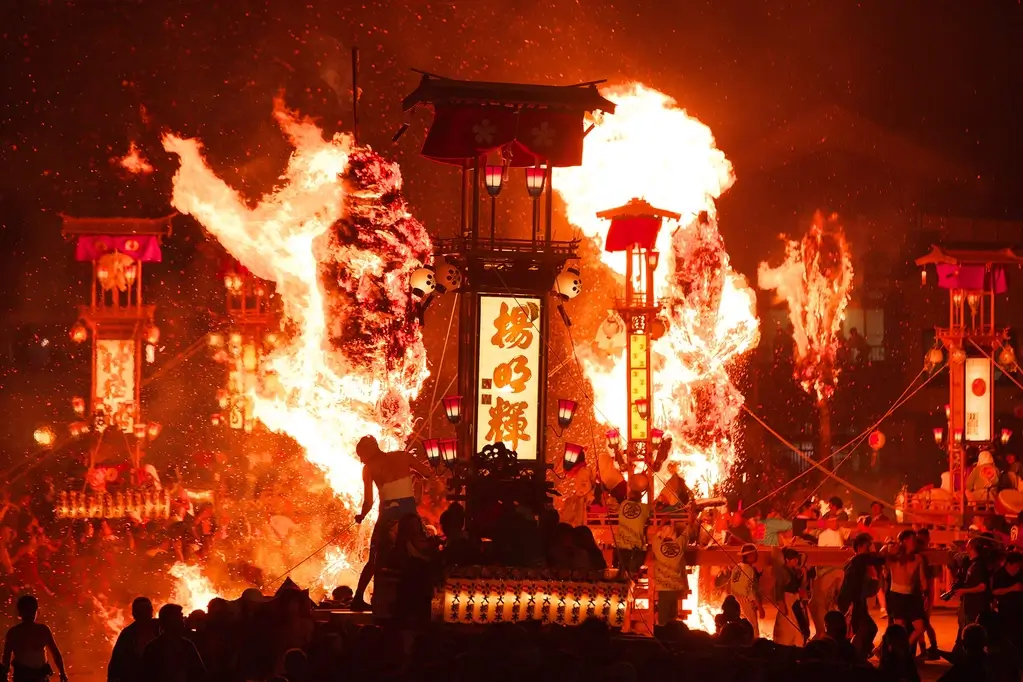
Whether you’re drawn to the glowing lanterns, the sounds of music, or the sight of neighbors working in unity, this event invites reflection on how different communities express joy and gratitude. Is there another unique festival you’d like to learn more about? Let me know your thoughts in the comments!

